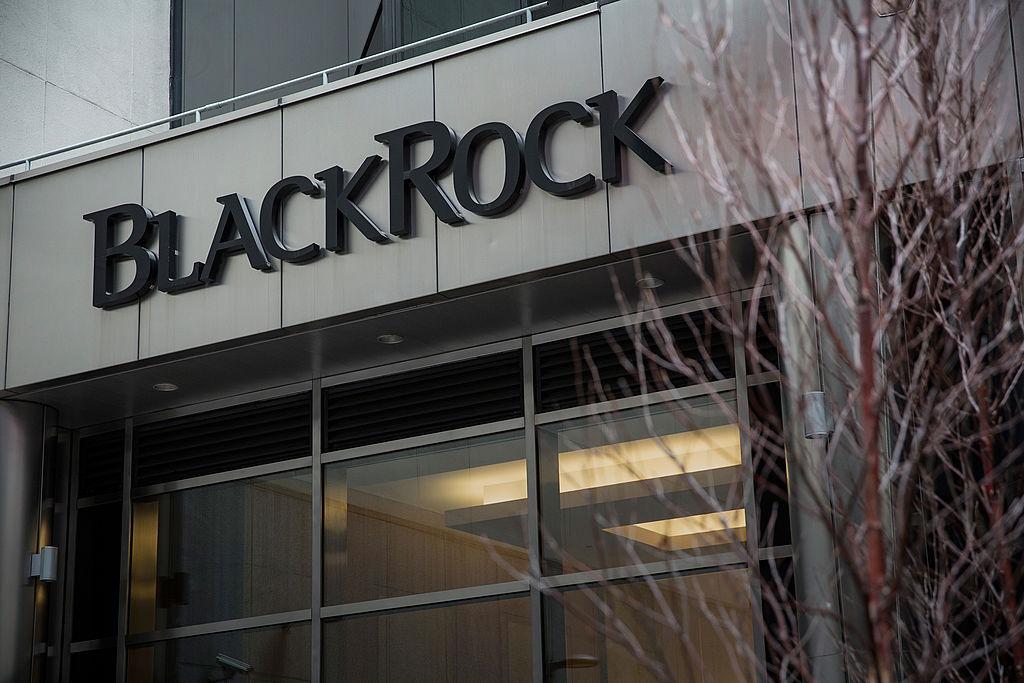The world’s largest asset manager, BlackRock, has invested $2 billion (US$1.22 billion) into New Zealand’s climate infrastructure fund to support its ambition to become one of the first countries in the world to reach 100 percent renewable electricity generation by the end of this decade.
Prime Minister Chris Hipkins said the investment was a “game-changer” for the clean technology sector.





